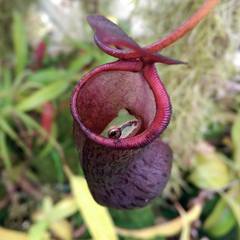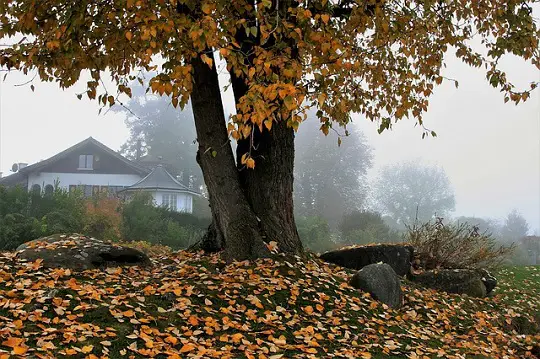Plants are the primitive forms of living beings on the earth.
They are supportive to all other forms of living beings on the earth.
Plants are present on the land, in the waters of rivers and oceans.
They grow where ever possible and withstand even natural calamities.
Hence, we can notice plants growing on the tops of big buildings spontaneously.
Further, even after floods and storms plants still survive without much damage.
Facts about plants
1. Autotrophs and carnivores
Plants prepare their own food material with help of photosynthesis. They can do this in presence of light, carbon-dioxide and water. This character of plants makes them autotrophs.

But interestingly there are few plants which are parasites and even carnivores.
Plants like nepenthes eat smaller animals like the insects to obtain nitrogen for growth.
2. Inter-cellular bridges
Plant cells have prominent cell wall. This makes the cell hard and tough to with stand physical damage. However, unlike animal cells, there are cytoplasmic bridges in between cells. These inter-cellular bridges are called as plasmodesmata. These connection helps the movement of nutrition and other materials in between cells. Further, they help in cell communication.
3. Age of plants
The age of big trees can be calculated by counting the number of rings in the trunk.

These annual rings help to scientifically calculate the age of a tree. These rings also help determine the environmental conditions and climatic changes over time during the plants life.
These rings are formed from the growth of new tissue (vascular cambium) near the bark. The oldest rings are towards the center and newest are towards the periphery of trunk.
4. Grow toward the sky and light
Whatever be the position of seed in the soil during germination, the plan always grows towards the sky. This is due to the ability of plant tissues to recognize light. This ability is facilitated by plant growth hormone namely auxin.
5. Release oxygen
Humans and all animals in general breath in oxygen and leave out carbon dioxide. Even the plants do the same thing i.e. breath in oxygen and breath out carbon dioxide.
However, due to their ability of photosynthesis, they take in carbon dioxide and leave out oxygen. Further, the amount carbon dioxide taken is more than they release through respiration.
6. Perspiration (sweating)
Plants give away their heat in form of water vapor through stomata.
During higher temperature, the guard cell closing stomata open up and lead to release of water.
It is a sort of perspiration in plants to give away heat in the form of water vapor.
7. Dormant seeds
The seeds of plants act to propagate offspring.
These seeds are dormant forms of life. Some seeds can remain dormant for years together and still grow when exposed to suitable conditions like soil, water and light.
8. Epiphytes
These are the plants which grow on the surface of other plants.

Epiphytes (epi=above; Phyto= plant) are small shrubs and since they cannot avail sunlight in dense forests, they easily grow on the surface of other plants.
9. Withering of leaves
The leaves of a plant wither periodically. In this way, plants get rid of old leaves and form new leaves in their place.

The withering of leaves also help plant to expel the toxic waste from their body. Many a times, the fallen leaves contain toxic metabolites.
10. Pollination and seed dispersal
Plants undergo sexual reproduction through the process called as pollination.
The use of pollination is not limited to plants but also to other animals.
Many birds and insects depend on flower to obtain food in the form of nectar.
In doing so they disperse plant pollen and help in transfer of male gametes to female organ of flowers.
Even, the plant produce fruits which have seeds. The animals eat these fruits and dispenser the seeds in distant places.
Thus the seed gives rise to new plant at a reasonable distance from mother plant. Besides, the fruits is also nutritious to the animal.
Xylem and phloem
Unlike animals, plants do not have circulatory system. This is compensated by xylem and phloem tissue.
Xylem helps in conduction of water and nutrients from bottom to top of plant. While, phloem helps in conduction of nutrient from top to bottom.
Plant products
Many products we use in daily life are obtained from plants.
Medicines like digoxin for heart failure, vincristine for treatment of cancer, ergot for relief from pulsating head ache etc. are obtained from plants.